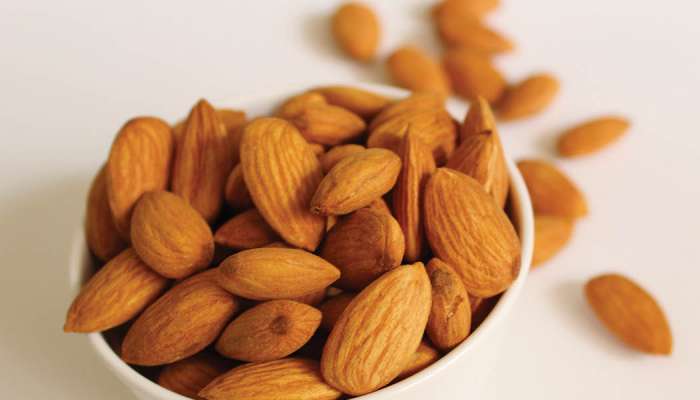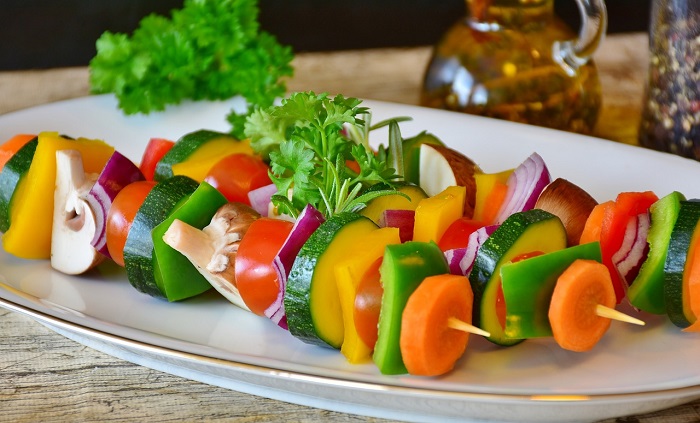

Washington DC: Prebiotics are certain types of fibre that are frequently found in plants and encourage the growth of beneficial bacteria in the gut, according to mounting evidence.
Prebiotic consumption has been linked to improved gut health and researchers recently calculated the prebiotic content of thousands of different food kinds using previously published material to determine which foods have the highest prebiotic content. The study found that dandelion greens, Jerusalem artichokes, garlic, leeks, and onions have the highest prebiotic content of any food. Prebiotic-rich foods contain significant amounts of fibre, which most Americans do not get enough of. Fibre supports gut microorganisms.
“Eating prebiotic-dense foods has been indicated by previous research to benefit health,” said Cassandra Boyd, a master’s student at San José State University who conducted the research with Assistant Professor John Gieng, PhD. “Eating in a way to promote microbiome wellness while eating more fibre may be more attainable and accessible than you think.”
Boyd presented the findings at NUTRITION 2023, the flagship annual meeting of the American Society for Nutrition held July 22–25 in Boston.
Prebiotics, which can be thought of as food for the microbiome, are different from probiotics, which contain live microorganisms. Both can potentially benefit microbiome health, but they work in different ways.
Studies have linked higher prebiotic intake with improved blood glucose regulation, better absorption of minerals like calcium, and markers of improved digestive and immune function. Although most dietary guidelines do not currently specify a recommended daily allowance for prebiotics, the International Scientific Association for Probiotics and Prebiotics — a non-profit scientific organization that established the currently held definition of prebiotics — recommends an intake of 5 grams per day.
Researchers used previously published scientific findings for the study to analyze the prebiotic content of 8,690 foods contained in the Food and Nutrient Database for Dietary Studies, a resource many scientists use to study nutrition and health.
About 37 percent of the foods in the database were found to contain prebiotics. Dandelion greens, Jerusalem artichoke, garlic, leeks, and onions had the greatest amounts, ranging from about 100-240 milligrams of prebiotics per gram of food (mg/g). Other probiotic-rich foods included onion rings, creamed onions, cowpeas, asparagus, and Kellogg's All-Bran cereal, each containing around 50-60 mg/g.
“The findings from our preliminary literature review suggest that onions and related foods contain multiple forms of prebiotics, leading to a larger total prebiotic content,” said Boyd. “Multiple forms of onions and related foods appear in a variety of dishes as both flavouring and main ingredients. These foods are commonly consumed by Americans and thus would be a feasible target for people to increase their prebiotic consumption.”